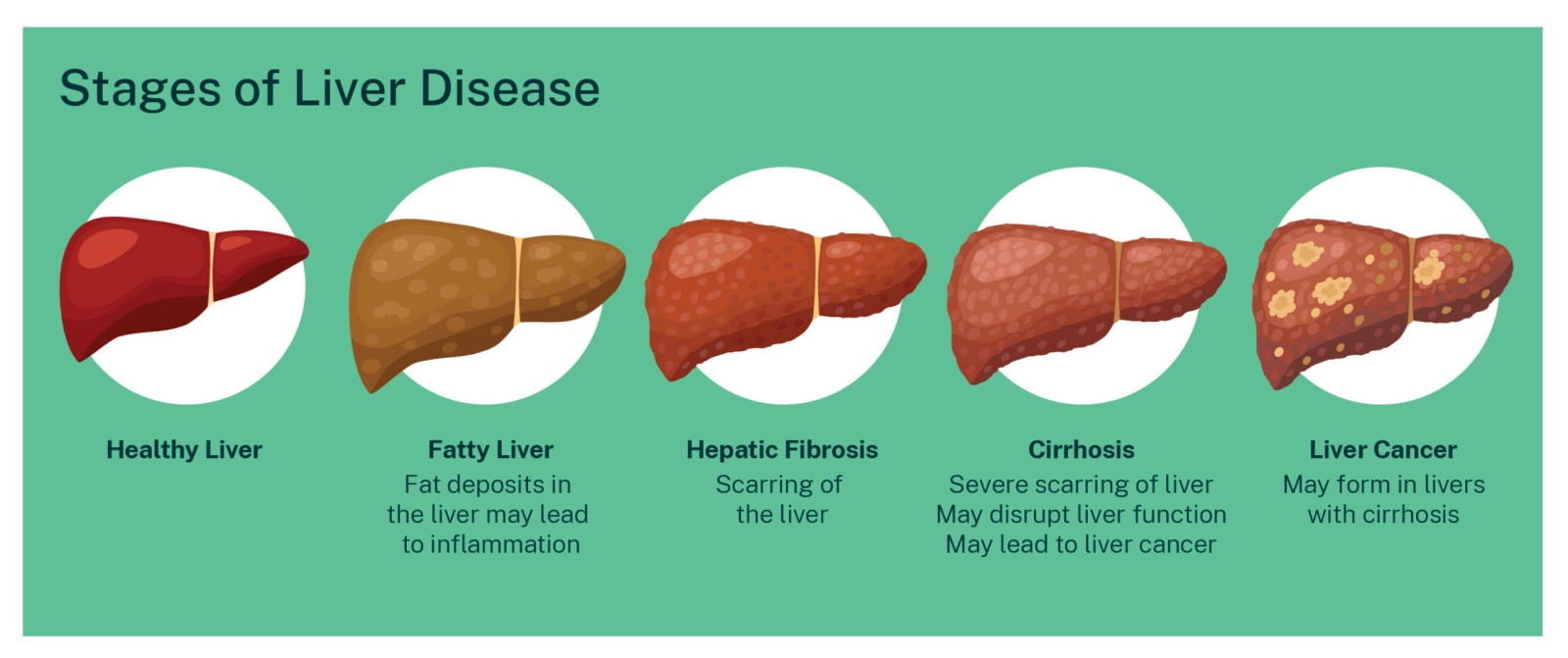A nurse is preparing to administer warfarin to a client. Which of the following information should the nurse recognize prior to administering the medication?
The antidote for warfarin is protamine.
The client should be observed for manifestations of hemorrhage.
The client's aPTT should be monitored.
Warfarin can be administered along with NSAIDs.
The Correct Answer is B
Choice A reason: The statement that the antidote for warfarin is protamine is incorrect. The primary antidote for warfarin is Vitamin K, and in cases of significant bleeding, prothrombin complex concentrate (PCC) or fresh frozen plasma (FFP) may be used¹². Protamine is used as an antidote for heparin, not warfarin¹.
Choice B reason: Observing the client for manifestations of hemorrhage is a critical nursing action when administering warfarin. Warfarin is an anticoagulant, and one of the major risks associated with its use is bleeding. The nurse should monitor for signs such as unusual bruising, petechiae, hematuria, tarry stools, or any other indications of internal or external bleeding⁷⁸.
Choice C reason: Monitoring the client's aPTT (activated partial thromboplastin time) is not typically associated with warfarin therapy. Warfarin's effect is monitored through the prothrombin time (PT) and the International Normalized Ratio (INR), not aPTT, which is more commonly used to monitor heparin therapy⁴⁵.
Choice D reason: Warfarin should not be administered along with NSAIDs without careful consideration and monitoring due to the increased risk of bleeding. NSAIDs can affect platelet function and gastrointestinal mucosa, leading to an elevated risk of gastrointestinal bleeding when taken with warfarin¹¹¹².
Nursing Test Bank
Naxlex Comprehensive Predictor Exams
Related Questions
Correct Answer is B
Explanation
Choice A reason : Spironolactone is a potassium-sparing diuretic, which means it helps the body get rid of excess water without causing potassium loss. Therefore, a decreased potassium level would not be expected.
Choice B reason : Spironolactone can lead to hyperkalemia (increased potassium levels) and hyponatremia (decreased sodium levels) because it causes the kidneys to excrete sodium while retaining potassium.
Choice C reason : A decreased phosphate level is not a typical finding associated with spironolactone use. Phosphate levels are more commonly affected by renal function and parathyroid hormone levels.
Choice D reason : A decreased chloride level is not specifically associated with spironolactone. While electrolyte imbalances can occur, spironolactone primarily affects potassium and sodium balance.

Correct Answer is D
Explanation
Choice A reason : Tarry stools, also known as melena, can be a sign of gastrointestinal bleeding, which may occur in cirrhosis due to the development of esophageal varices. However, it is not a direct symptom of cirrhosis itself but rather a complication that can arise from the condition¹.
Choice B reason : Blood in the urine is not a typical finding associated with cirrhosis. While cirrhosis can lead to problems with kidney function, hematuria is not a direct symptom of liver disease and may indicate other urological conditions¹.
Choice C reason : Moist skin is not commonly associated with cirrhosis. Patients with cirrhosis often experience skin changes, but these typically include jaundice, bruising, and spider angiomas, not increased moisture of the skin¹.
Choice D reason : Spider angiomas are a common finding in cirrhosis. They are small, spider-like capillaries visible under the skin and are caused by the increased estrogen levels that occur due to the liver's inability to metabolize hormones properly. They are most often found on the face, neck, upper chest, and arms¹².
Whether you are a student looking to ace your exams or a practicing nurse seeking to enhance your expertise , our nursing education contents will empower you with the confidence and competence to make a difference in the lives of patients and become a respected leader in the healthcare field.
Visit Naxlex, invest in your future and unlock endless possibilities with our unparalleled nursing education contents today
Report Wrong Answer on the Current Question
Do you disagree with the answer? If yes, what is your expected answer? Explain.
Kindly be descriptive with the issue you are facing.
